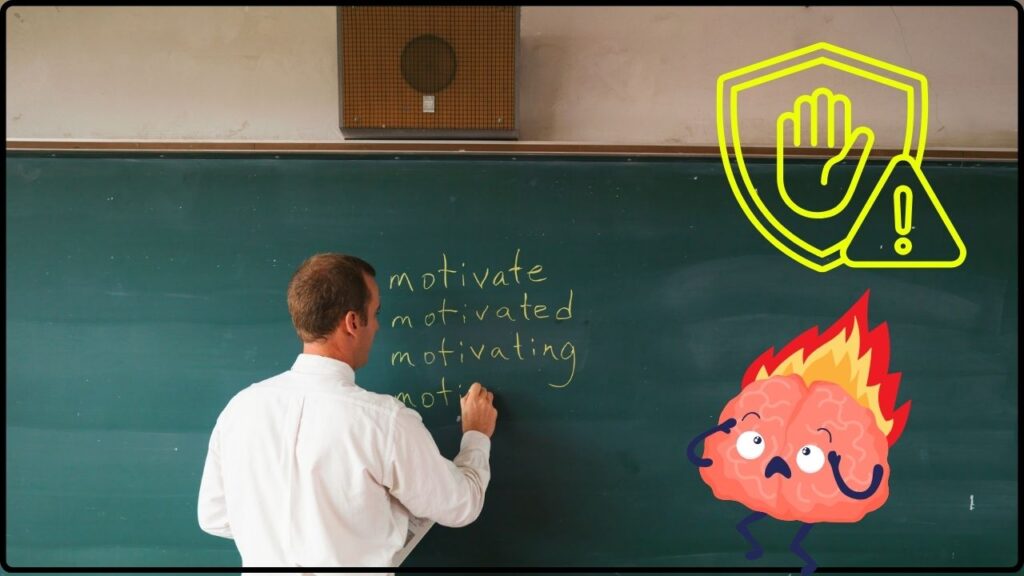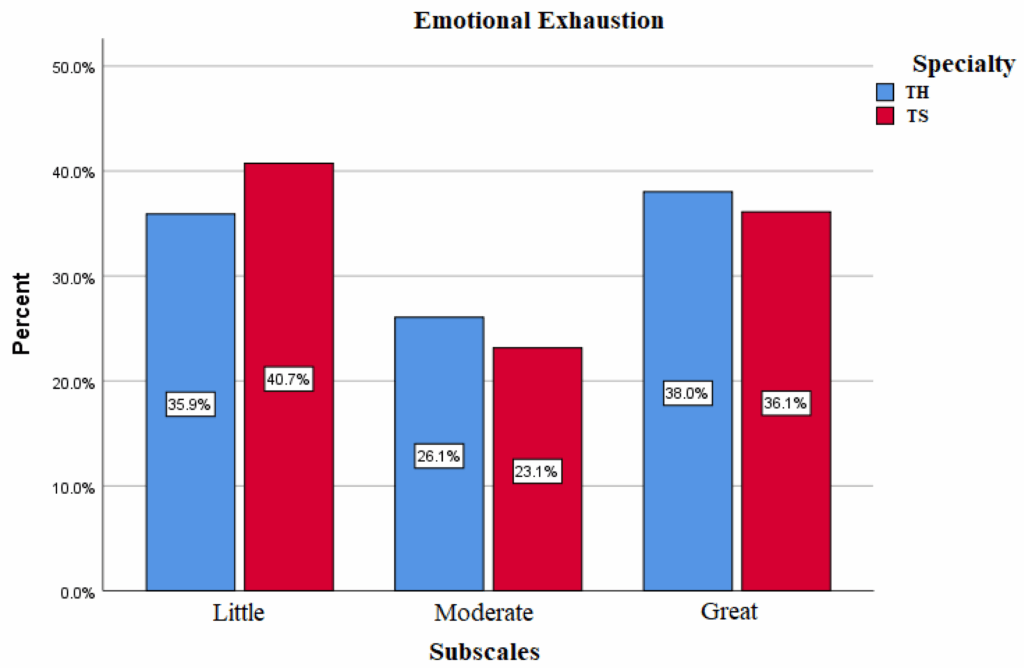
Preventing Teacher Burnout: Teaching is way more than just a job—it’s a calling. But burnout has become an all-too-common reality for educators, especially special education teachers. These heroes juggle complex student needs, paperwork, and emotional labor daily—leading to dangerously high rates of compassion fatigue. This article dives deep into what compassion fatigue really means for special educators in 2025, why it happens, and how teachers, schools, and communities can fight back. Here’s your go-to guide with clear steps, hard data, and real talk from the front lines.
Preventing Teacher Burnout
Special education teachers are rockstars facing unique challenges that ramp up the risk of burnout and compassion fatigue. But being worn out doesn’t have to be the norm. By prioritizing self-care, setting emotional boundaries, seeking help, advocating for system improvements, leveraging classroom strategies, embracing technology, and engaging in professional development, teachers can preserve their passion and keep lighting the way for their students. Remember, you’re not alone, and putting your well-being first means you’re best equipped to make a difference every day.
| Statistic | Value/Insight |
|---|---|
| Teacher burnout rate | 44% (higher than 30% average in other jobs) |
| Emotional exhaustion in teachers | 76% |
| Special ed teachers with anxiety/depression | 38% |
| Teachers citing behavior management stress | 29% |
| Female teacher burnout rate | 55% (compared to 44% in males) |
| Teachers planning to leave the field | 16% in 2025 (down from 22% in 2024) |
| Link to official site | National Education Association |
What Is Compassion Fatigue?
Compassion fatigue is like emotional exhaustion turned up to eleven. It hits people who give a lot of love and care in their work—doctors, therapists, but especially teachers dealing with special needs. It’s that drained, “running on empty” vibe because you care so much but don’t get enough time or support to refill your tank.
Why Special Education Teachers Are Most at Risk?
Special ed teachers aren’t just educators—they’re advocates, counselors, coaches, and sometimes even medical caregivers. They manage intense emotional demands, behavioral challenges, and a tidal wave of paperwork. A 2025 survey found that nearly 40% of special education teachers reported symptoms of anxiety or depression, and over 75% felt emotionally exhausted regularly. Burnout here isn’t just common; it’s becoming a crisis.ies.ed+2
Real Talk: Voices from Special Education Teachers
“I love my students, but some days it just feels like I’m giving everything and getting nothing back,” shares Diana, a veteran special ed teacher in Chicago. “You start second-guessing yourself—am I doing enough? This weighs heavy all day, every day.”
Mark from Phoenix adds, “Trying to create a safe, happy classroom on little support and huge caseloads is exhausting. It’s not just physical—it’s emotional. Compassion fatigue sneaks up on you, and suddenly you’re just done.”

Signs of Compassion Fatigue You Shouldn’t Ignore
If you’re wondering whether you or a colleague might be heading toward burning out, watch for these red flags:
- Feeling wiped out every day, no matter the sleep
- Getting snappy or resentful toward students and coworkers
- Checking out mentally during work, feeling numb or detached
- Struggling to concentrate or feeling forgetful
- Doubting your impact or feeling like you’re just “going through the motions”
- Physical symptoms: headaches, stomach aches, or sleep problems
These symptoms don’t just hurt teachers; they impact students’ learning and well-being. Studies show that teachers suffering from burnout are more likely to have lower student engagement and higher rates of classroom disruptions.
The Root Causes Behind Teacher Burnout
Burnout doesn’t just appear out of nowhere. It comes from factors like:
- Work overload: Managing dozens of complex IEPs, constant behavior plans, and never-ending documentation.
- Emotional strain: Constantly supporting students through challenges can be draining.
- Lack of resources: Many schools aren’t equipped with enough staff, counseling, or materials.
- Poor work-life balance: Always being “on” with little downtime.
- Student behavior stress: Nearly a third of teachers say behavior challenges are their #1 work stressor.
The pandemic years saw an increase in mental health issues among students, further complicating challenges for special education teachers. The return to in-person learning meant handling trauma, heightened anxiety, and learning gaps, intensifying teacher stress.
Long-Term Impacts of Teacher Burnout and Compassion Fatigue
When compassion fatigue isn’t addressed, the consequences ripple out well beyond exhaustion:
- High turnover rates: Special education teachers leave the profession at rates 50% higher than general education teachers, causing shortages that impact students.
- Physical health problems: Chronic stress leads to weakened immune systems, increased risk of heart disease, and other illnesses.
- Mental health decline: Anxiety, depression, and even post-traumatic stress symptoms rise among educators struggling with compassion fatigue.
- Reduced quality of education: Burned-out teachers have less energy for innovative teaching or student engagement, hindering student outcomes.

A Step-by-Step Guide to Preventing Teacher Burnout
Step 1: Own Your Self-Care Like a Boss
Self-care isn’t a luxury—it’s your anchor. Simple stuff like:
- Sleep schedule: Aim for consistent, quality sleep.
- Healthy eats: Fuel your day with balanced meals.
- Movement: Even short walks clear stress.
- Mindfulness: Breathing exercises or quick meditation sessions work wonders.
- Downtime: Shut off work emails and chill.
Building a self-care routine helps create mental space to process emotions healthily. Experts recommend setting aside at least 20-30 minutes daily for activities that bring joy or calm.
Step 2: Set Emotional Boundaries to Protect Your Heart
You gotta care, but don’t carry the world on your shoulders. Set clear lines:
- Know what you can impact—and what’s out of your control.
- Find ways to emotionally detach without losing your passion.
- Protect off-work time fiercely to recharge.
For example, avoid checking work messages during evenings or weekends whenever possible to maintain separation between work and personal life.
Step 3: Lean on Your People
Don’t go solo:
- Find a mentor or colleague who “gets it.”
- Join support groups for special ed educators.
- Share your struggles and wins to normalize the tough stuff.
- Professional counseling is powerful—use it when needed.
Social connection provides emotional relief and practical advice, crucial for job satisfaction and resilience.
Step 4: Push for Systemic Change
Real change happens with collective voices:
- Ask school leaders for regular mental health check-ins.
- Demand reasonable caseloads and fair workload distribution.
- Get involved with unions or teacher organizations fighting for better pay and support.
- Advocate for training on stress management and behavior handling.
Systemic support benefits not just teachers but the entire school ecosystem—students, families, and administrators included.
Step 5: Employ Smart Classroom Strategies
Make your daily grind easier:
- Break lessons into bite-sized pieces.
- Use positive behavior reinforcement.
- Incorporate “brain breaks” and calming time for students.
- Delegate tasks to aides and paraprofessionals.
These strategies improve classroom climate and reduce stress triggers.
Step 6: Harness Technology
There are digital tools that can help:
- Use apps for automating IEP paperwork.
- Employ classroom behavior tracking software.
- Tap into online mental wellness platforms designed for educators.
Examples include platforms like ClassDojo for behavior management and apps like Calm or Headspace for mindfulness.
Step 7: Professional Development on Mental Health
Increasingly, school districts offer workshops and seminars focusing on educator wellness. Participating in these programs helps teachers:
- Build coping skills.
- Understand warning signs in themselves and others.
- Access mental health resources confidently.
If your district doesn’t offer such programs, propose one or look for online webinars and courses.
Tips for School Administrators: Supporting Special Ed Teachers
- Make mental health a priority with regular check-ins and easy access to counseling.
- Provide resources and reduce paperwork burdens.
- Foster a culture where teachers can openly discuss stress without stigma.
- Prioritize hiring enough support staff to assist special ed teachers.
- Create professional development focused on wellness and behavior management techniques.
Administrators who actively support teachers’ well-being see improved teacher retention, morale, and ultimately better student outcomes.
Inclusive Physical Education: Games and Adaptations for Mixed-Ability Groups
Dyslexia in the Regular Classroom: How to Adapt Texts and Tests for Success
Managing ADHD in the Classroom: 5 Proven Strategies for Serbian Schools
















